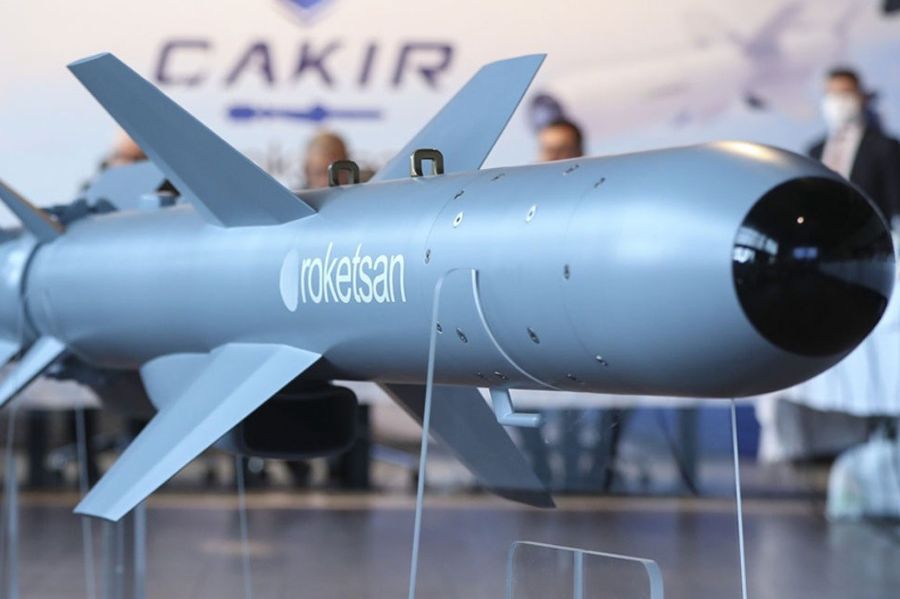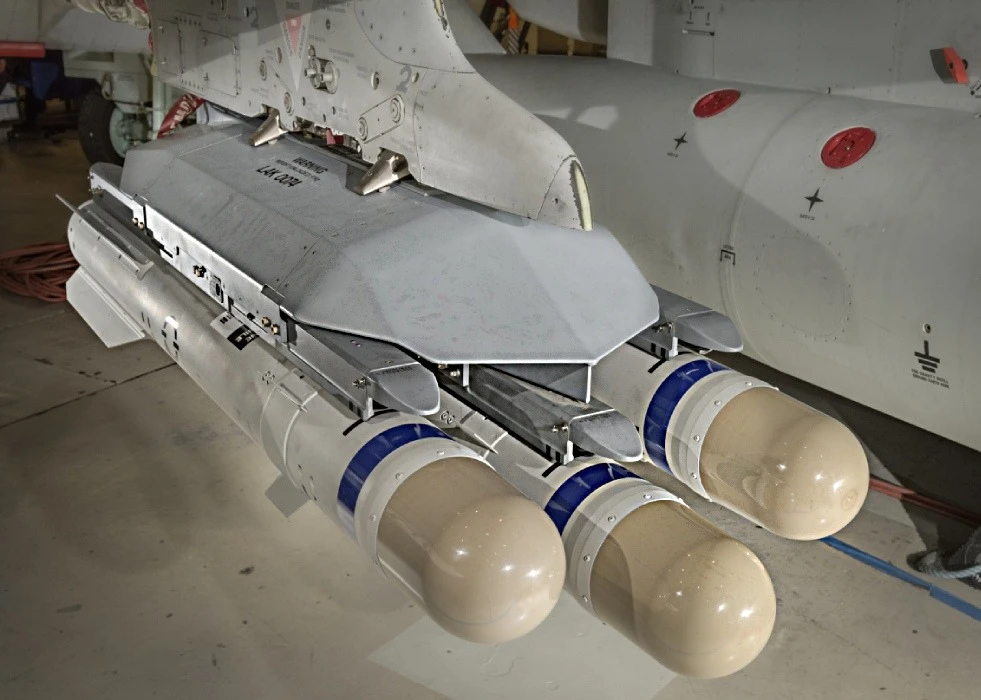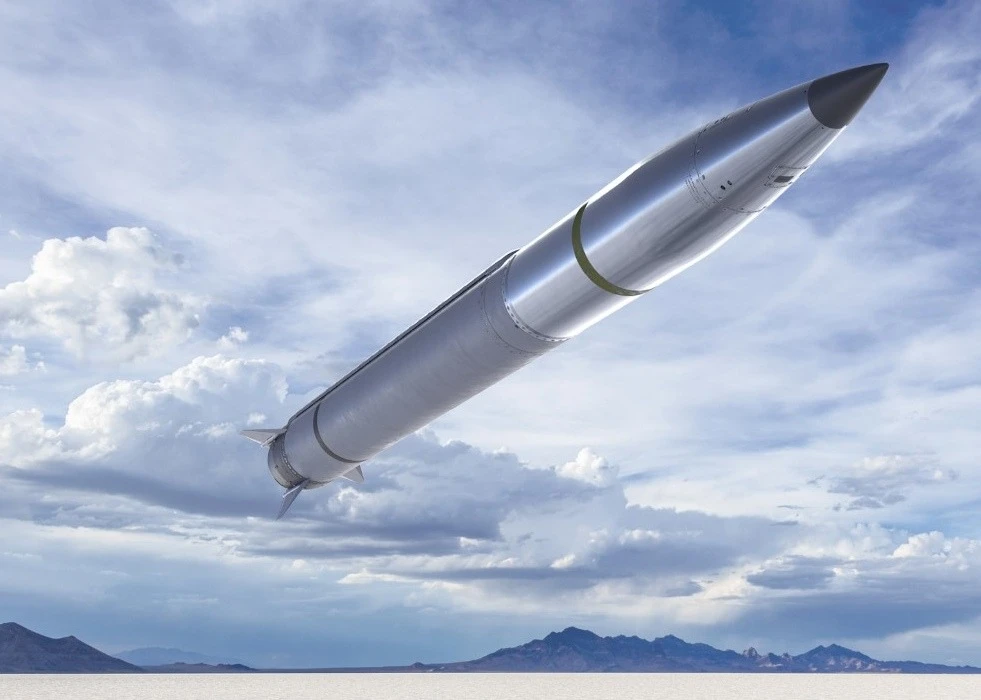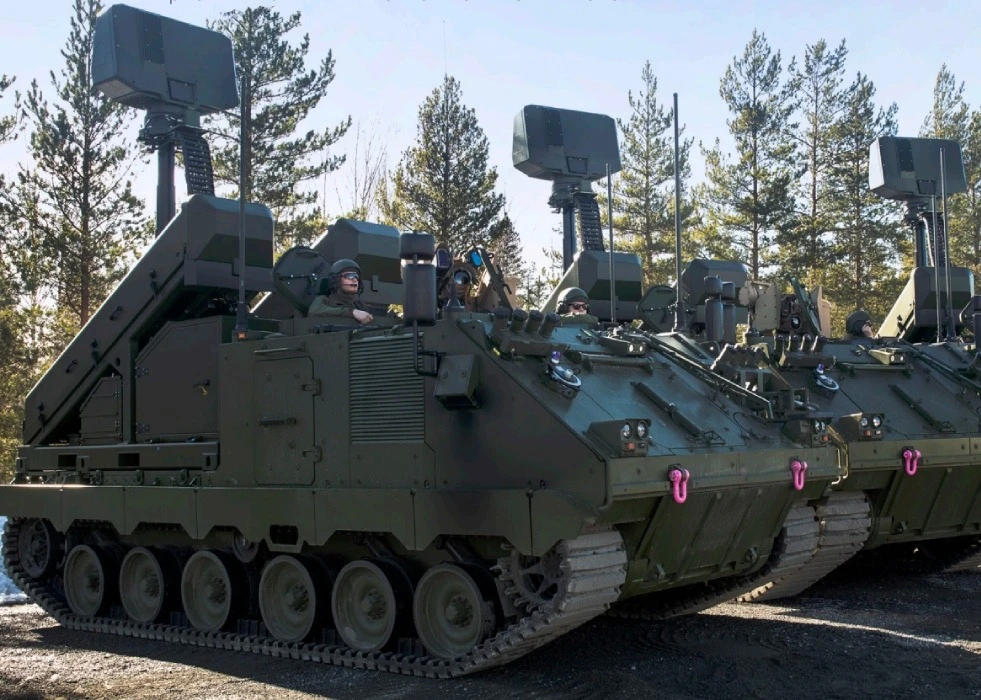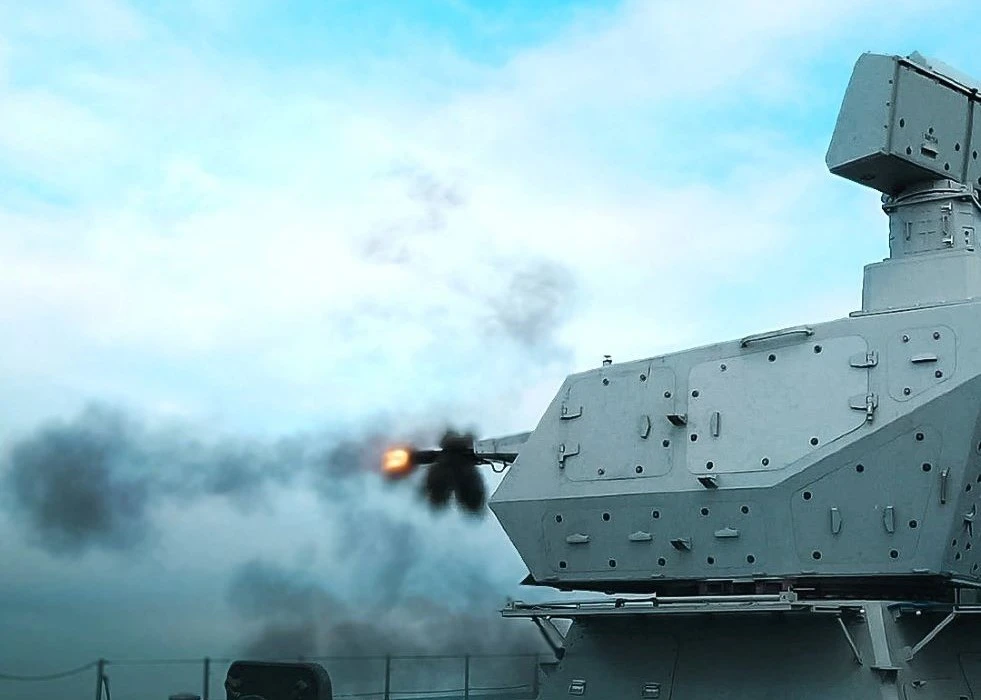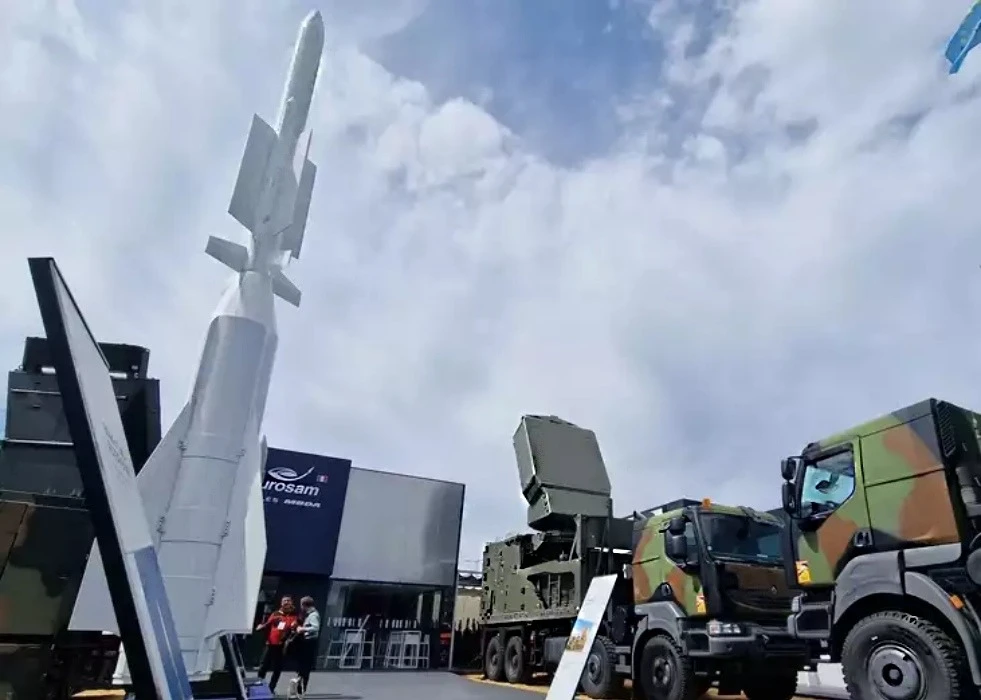Roketsan introduced its medium-range cruise missile at a press conference today. The missile will replace the Norwegian Kongsberg production Penguin missiles currently in the inventory. Roketsan’s new cruise missile can be launched from fixed and rotary-wing aircraft, Assault Unmanned Aerial Vehicles (AUAVs)/UCAVs, AUSVs, tactical wheeled vehicles and naval platforms.
President of Defence Industries (SSB) Professor İsmail Demir, Vice President of SSB and Chairman of the Board of Directors at Roketsan Professor Faruk Yiğit, Roketsan CEO Murat İkinci, Kale Group Vice Chairman of the Board Osman Okyay and Kale R&D General Manager Cüneyt Kenger attended the ceremony.
Kale"s engine KTJ-1750 will be used in Roketsan"s Çakır missile. Thus, an essential stage of the Turkish defence industry will be revealed. A French engine was used in the SOM developed by TÜBİTAK SAGE and Atmaca anti-ship missiles developed by Roketsan, the KTJ-3200 engine produced by Kale company was fitted. This time, the missile"s engine will be a domestic production and ready from the very beginning. Roketsan and Kale signed today the “National Turbojet Engine Development” agreement for the engine’s output. The engine with 1750 Kn thrust is expected to be qualified by the end of 2022.
Although the Çakır Missile was initially designed as airborne, it can be fired from land and sea platforms by adding a booster. The Çakır Missile is approximately 3.3 meters long, weighing 275 kilograms. The missile will have Dual-Mode IIR/ RF Seeker options. The new cruise missile is expected to be capable of firing air-to-surface, surface-to-surface. The range will be over 150 km. It will work in network-centric warfare.
Çakır will perform tasks involving 3D waypoints defined during mission planning. Network-based datalink facilitates Man-in-the-Loop capability for target update, attack/re-attack for the in-flight target of opportunity and mission abort. Çakır will be able to perform swarm concept missions with inter-communicating missiles. The swarm concept, through which coordinated attack scenarios with multiple missiles are enabled, can be used to overcome hostile defence systems. Çakır will be covered with radar absorbing material. The missile will have super sea-skimming and terrain masking combined with a radar-absorbing structure. It will operate in GPS denied environment thanks to its altimeter-supported inertial navigation system. It will perform the mission under intense electronic jamming.
The maiden airborne missile test will be carried out from Akıncı UAV in 2023.
The missile will bring the Target Reporting Unit to the Turkish Armed Forces. The unmanned station in the air or on the sea will be able to launch a fire while the other is updating the coordinates of the target. This will not only reduce the cost of conducting a mission, but also it will minimise the risks of operations.


